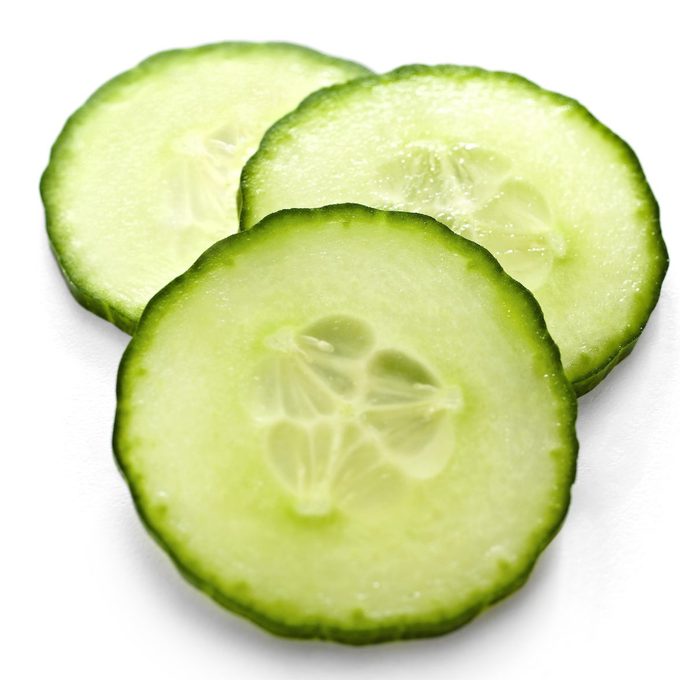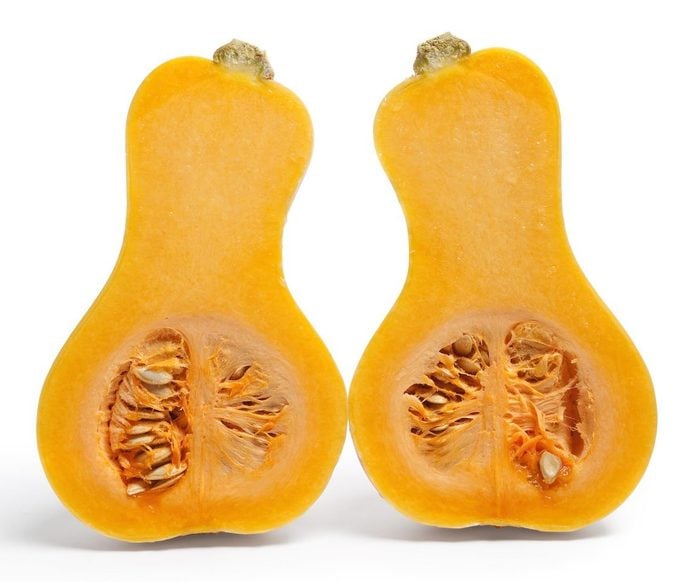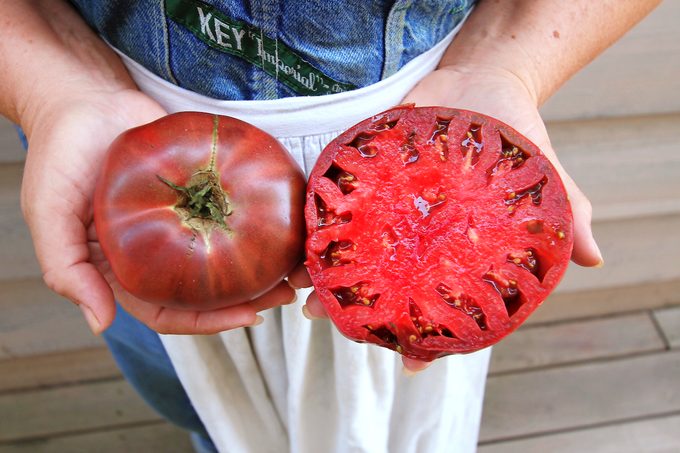Tips for Saving Tomato and Veggie Seeds From Your Harvest
Updated: Oct. 19, 2021

Make the most out of the summer and fall harvest by saving tomato, pepper and vegetable seeds for next year. Find out how to save seeds.
Saving tomato, pepper and other veggie seeds is easy and satisfying—especially when the vegetables come from your own garden. There are a few reasons why you should save your seeds to replant next year. It gives gardeners a sense of achievement by completing the growing cycle. In addition, you’ll always know your produce’s quality and history firsthand. Follow these simple steps to save, store and replant seeds.
How to Start Saving Seeds

Start saving seeds by picking out the best ones. Some seeds must come from fresh, mature fruit, says Brian Sebade, a University of Wyoming extension educator. Winter and summer squash, peppers, tomatoes, cucumber and tomatillos are all best when their seeds are harvested from vine-ripened and mature produce. But seeds from peas and beans are best picked after they’ve dried on the plants. The process hardens the seeds and makes them better suited for growing.
Learn how and when to start seeds indoors.
Wash Seeds Carefully
Remove seeds from each piece of produce and strip away excess flesh. Place seeds in a colander and wash with cold water. Be gentle and don’t scratch them. Scatter seeds on a paper towel or newspaper, then let them dry on a counter.
Check out the 10 seed catalogs every gardener needs.
Store Seeds Wisely
Once dry, store the seeds in a paper envelope and keep them somewhere cool, dark and dry until planting season. Be sure to label seed packets to avoid confusion later.
Save time next spring by direct sowing seeds in your garden.
Test Seeds Out
A few weeks before you want to plant the seeds, take a dozen or so out of storage, wrap them in a wet paper towel and keep them in a plastic bag in a warm spot. Brian suggests unwrapping them after a week or two. The number of seeds that germinate will tell you how many of your seeds will likely sprout in the ground. If none grow, you may have a bad batch.
Psst—you can also save seeds from blooms! Check out the top 10 flowers for harvesting seeds.
Seeds You Should Not Save: Biennials and Hybrids

While you certainly can collect seeds from carrots and beets, Brian cautions against doing so. This is because both beets and carrots take two years to produce seeds, which means you need to leave the vegetables in the ground, taking up valuable garden space, for an extra year between plantings. (For these crops, check out the best places to buy plants and seeds online). Plants such as squash and peppers can hybridize if planted too close to different varieties. Experts recommend against planting more than one type of squash or pepper in a garden if you plan to harvest the seeds to grow the same variety next year.
Learn how to make newspaper pots for starting seeds.
Saving Tomato Seeds

If you’re new to saving seeds, tomatoes are a good plant to start with. Here’s the step-by-step instructions for saving tomato seeds:
- Start by selecting a ripe tomato that’s not diseased or damaged.
- Squeeze cut tomato halves over a glass or jar.
- Add a small amount of water and let sit for a couple of days.
- Remove the viable seeds that sank to the bottom, then rinse seeds in strainer with cold water.
- Let the seeds dry before storing. Keep seeds in the refrigerator if desired.
Next, check out 9 butterfly flowers that are easy to grow from seed.




















